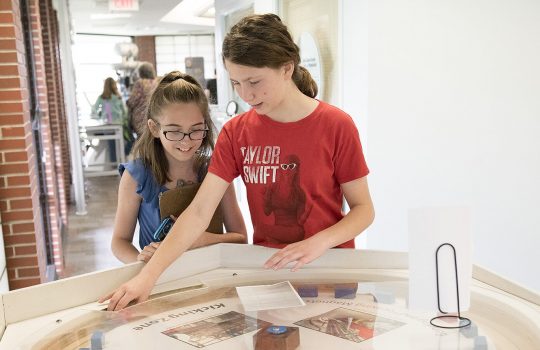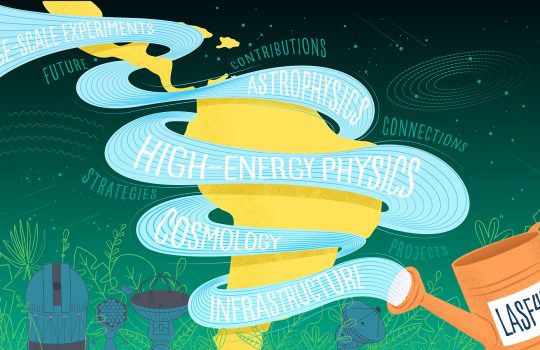Scientists take another look at tantalizing galaxies with no dark matter
From Forbes, Feb. 22, 2021: Fermilab scientist Don Lincoln explains how modern cosmology imagines our universe is an astronomical confection with three primary ingredients: ordinary matter, dark matter and dark energy.


